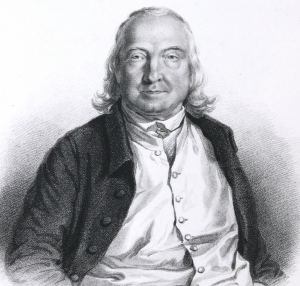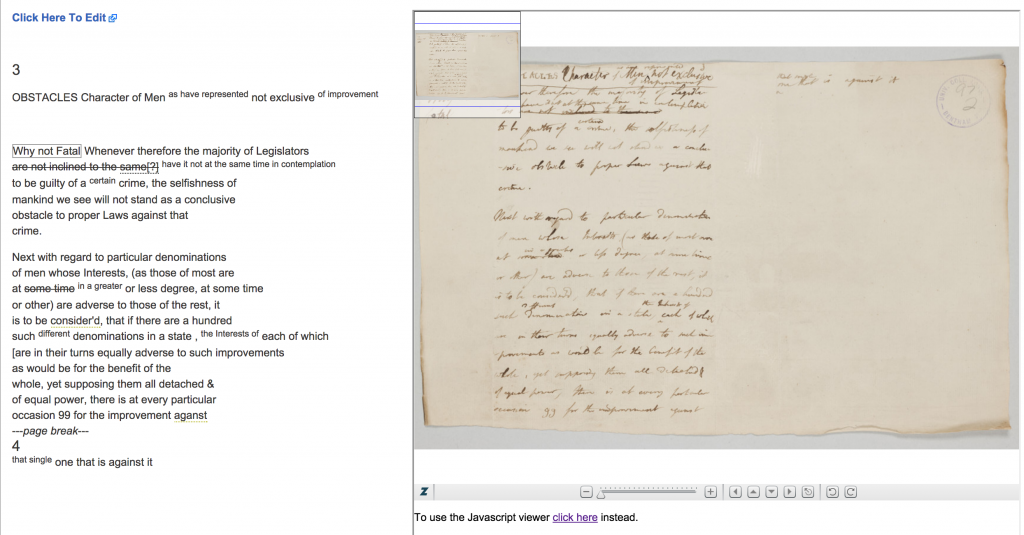
This is the first time I transcribe any documents. It is a good experience to see how difficult it is for people to transcribe and study old documents. Transcription is the way to efficiently study a person’s life. While transcribing a person’s work, especially diaries and unpublished works, we can dive into his/her stream of thoughts and understand them at a deeper level. All the informations written are this person’s thoughts and observations. It is interesting to see what is happening in their lives and how they choose to write down informations that seem crucial to them.
The process was very simple. I opened a page of the diary on one side and use TextEdit on one side. For every word that I can’t read, I put a question mark, [?]. In the beginning, most of the texts were question marks. As I read more and more of his hand writing, I started to recognize the letters and eventually the actual words.
Overall, transcribing Linn’s diary can be fun but frustrating at the same time. Many words have became obsolete and unable to read.
There are names on the page that is hard to read without any previous knowledge. Below is an example of such. This is the name of an artist of the London Illustrated News. I can make out that his name is Frank but I couldn’t read his last name.


Although his handwriting is hard to read, this is a lot easier to read compares to the documents I have seen from Bentham Project. Overall, this has been a fun experience to transcribe his diary. There are a lot to be learned from this. The everyday life of a civil war soldier is harsh. Living in terrible conditions in the midst of a war is not something we can fathom.



